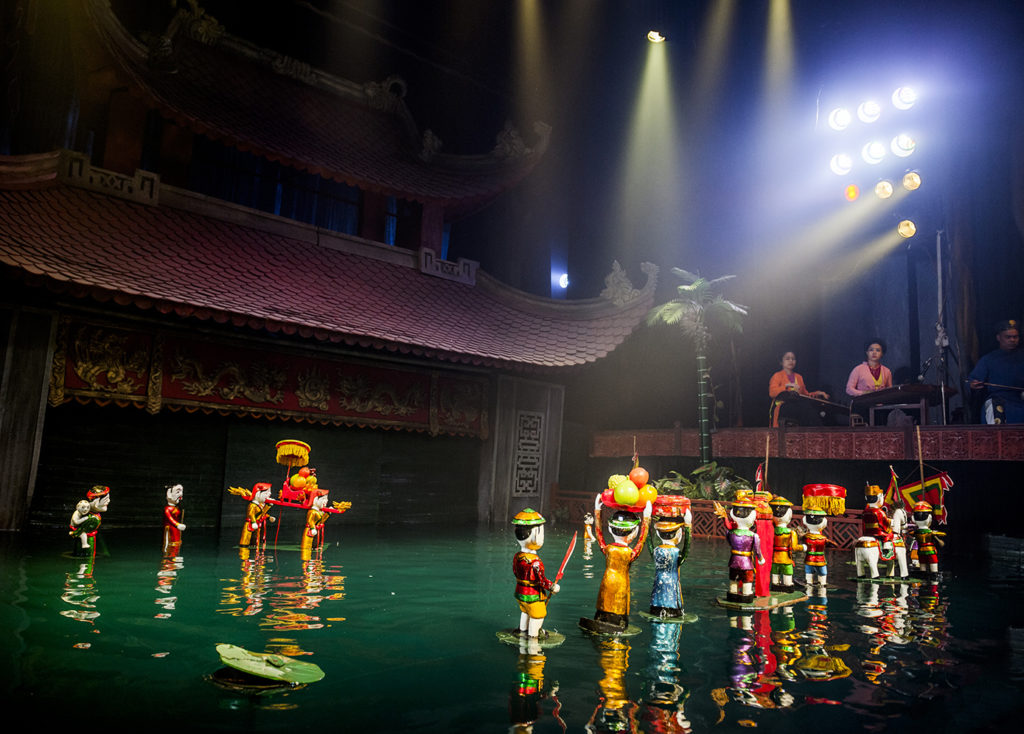If you’re an avid traveler with a passion for history and culture, you shouldn’t miss Hanoi. This richly cultural and historical city will give you the chance to step into both the country’s past and present while exploring a variety of attractions. Let me be your map and guide you through the city’s iconic landmarks.
A Glimpse of Ha Noi
Hanoi, the land of thousand years of culture, is a city steeped in history and pride. Many locals love to introduce Hanoi as a place where Vietnam’s heroic past comes alive. In the past, due to its strategic location, Hanoi has been the capital for many dynasties throughout Vietnamese history and still remains as it is today. Hanoi harmoniously blends ancient traditions with modern vibrancy, offering tourists a rich cultural experience, whether just a walk through its old streets or exploring its historical landmarks. Wherever you go, Hanoi’s deep connection to its past is always present.
Iconic Landmarks
1. Ho Chi Minh Complex
For many Vietnamese, the Ho Chi Minh Mausoleum Complex is a significant site of pilgrimage. Enjoying a traffic-free area with botanical gardens, shrines, and pagodas, it’s typically bustling with Vietnamese groups visiting from all over to pay their respects to ‘Uncle Ho’. The One Pillar Pagoda, the Presidential Palace, the Ho Chi Minh Museum, the Mausoleum, and the Stilt House are all located inside the complex.
Mausoleum of Ho Chi Minh
Start your journey at the Mausoleum of Ho Chi Minh, the final resting place of Vietnam’s revered leader. This imposing structure, inspired by Lenin’s mausoleum in Moscow, serves as a symbol of national pride.
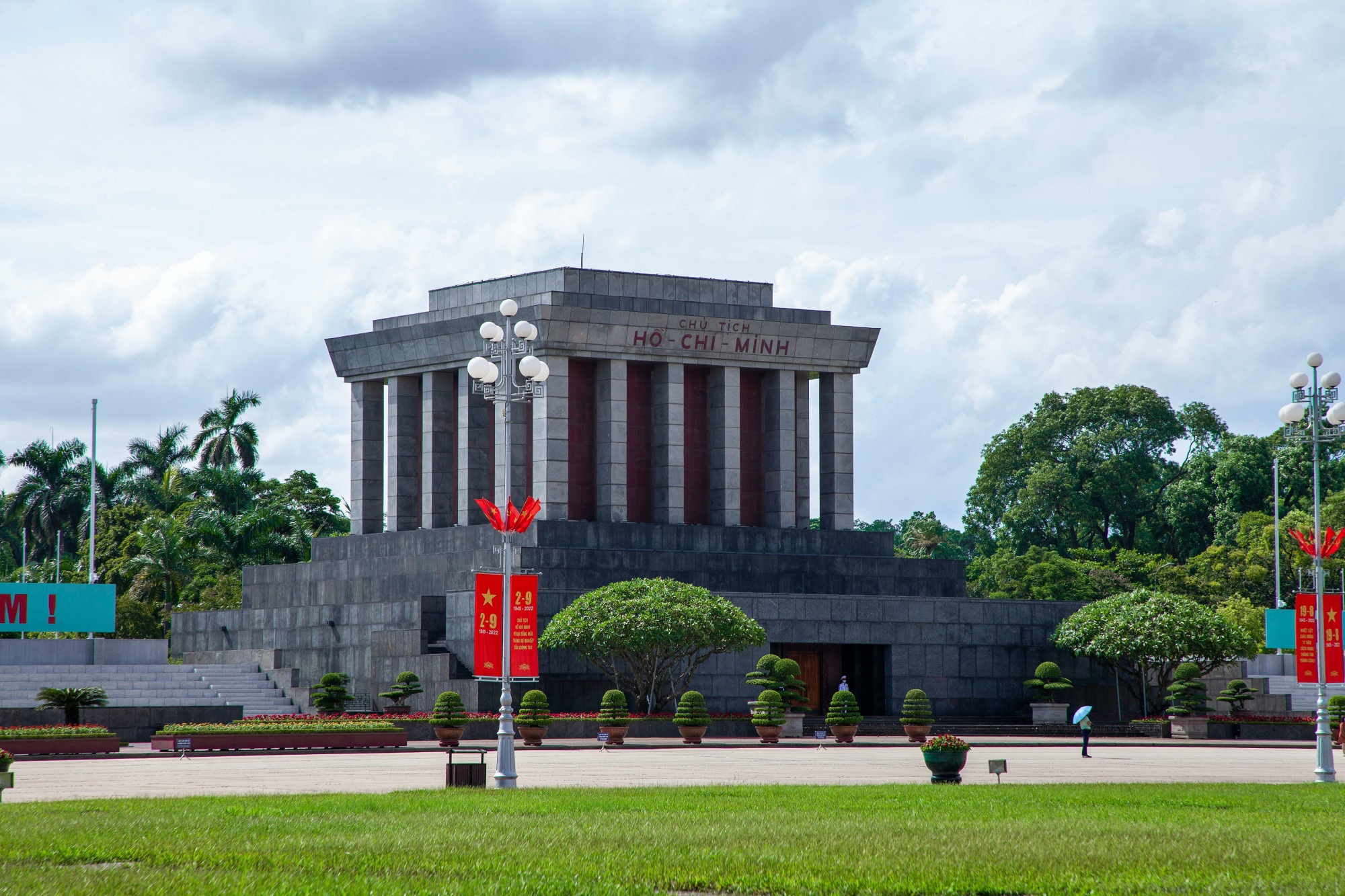
If you visit in the early morning, around 6:15 AM, you’ll have the opportunity to witness the daily flag-raising ceremony, which is a solemn occasion. Standing quietly and formally as the flag is raised is a profound experience.
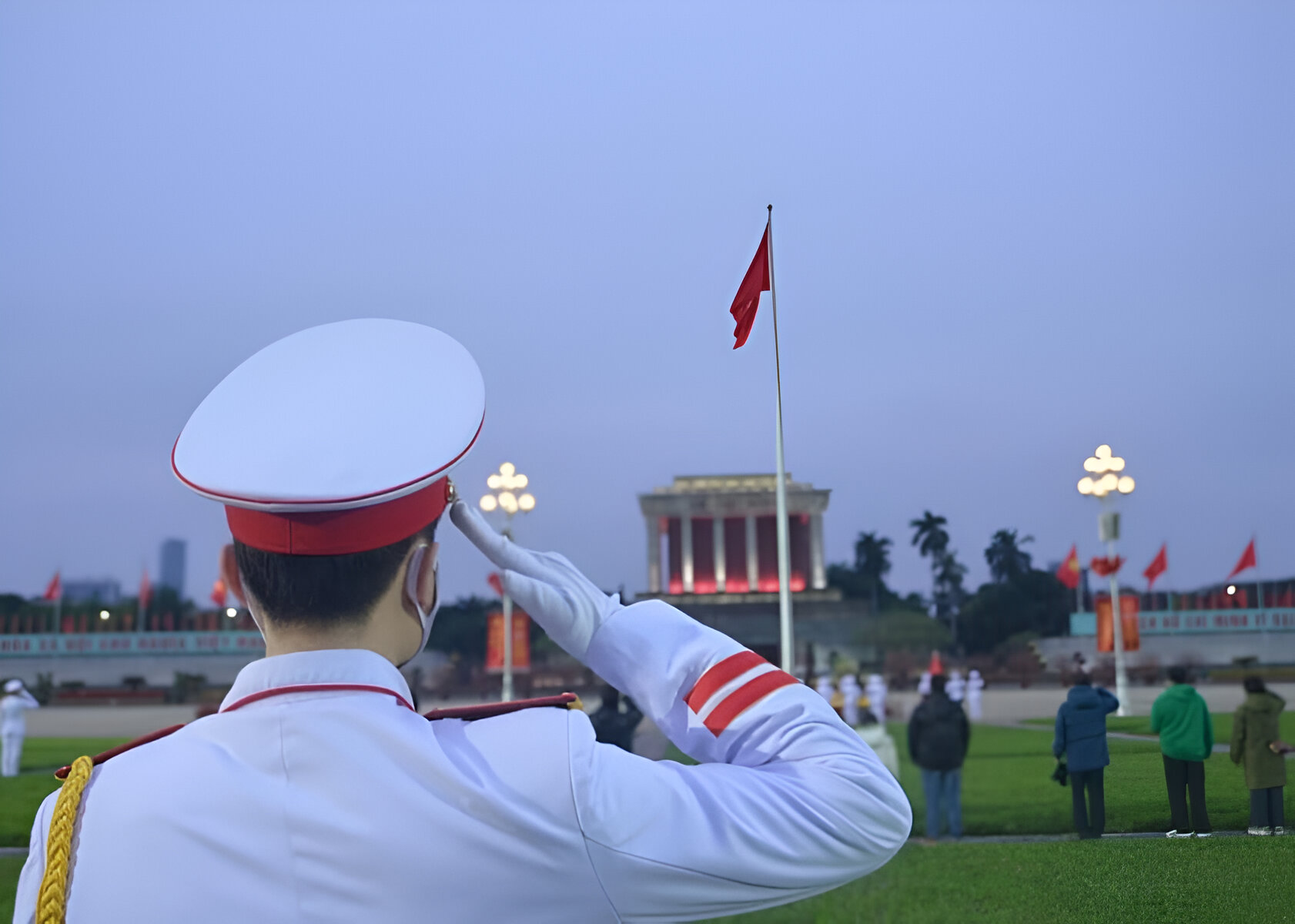
One-Pillar Pagoda
The One-Pillar Pagoda symbolizes the millennial culture of Hanoi. This iconic Buddhist temple is renowned for its distinctive architecture, not only throughout Vietnam but also across Asia. Built in 1049 during the reign of King Ly Thai Tong, this architectural marvel resembles a lotus blossom. With only one pillar supporting the structure, most people said it appears like a lotus branch floating in the middle of a tranquil lake.
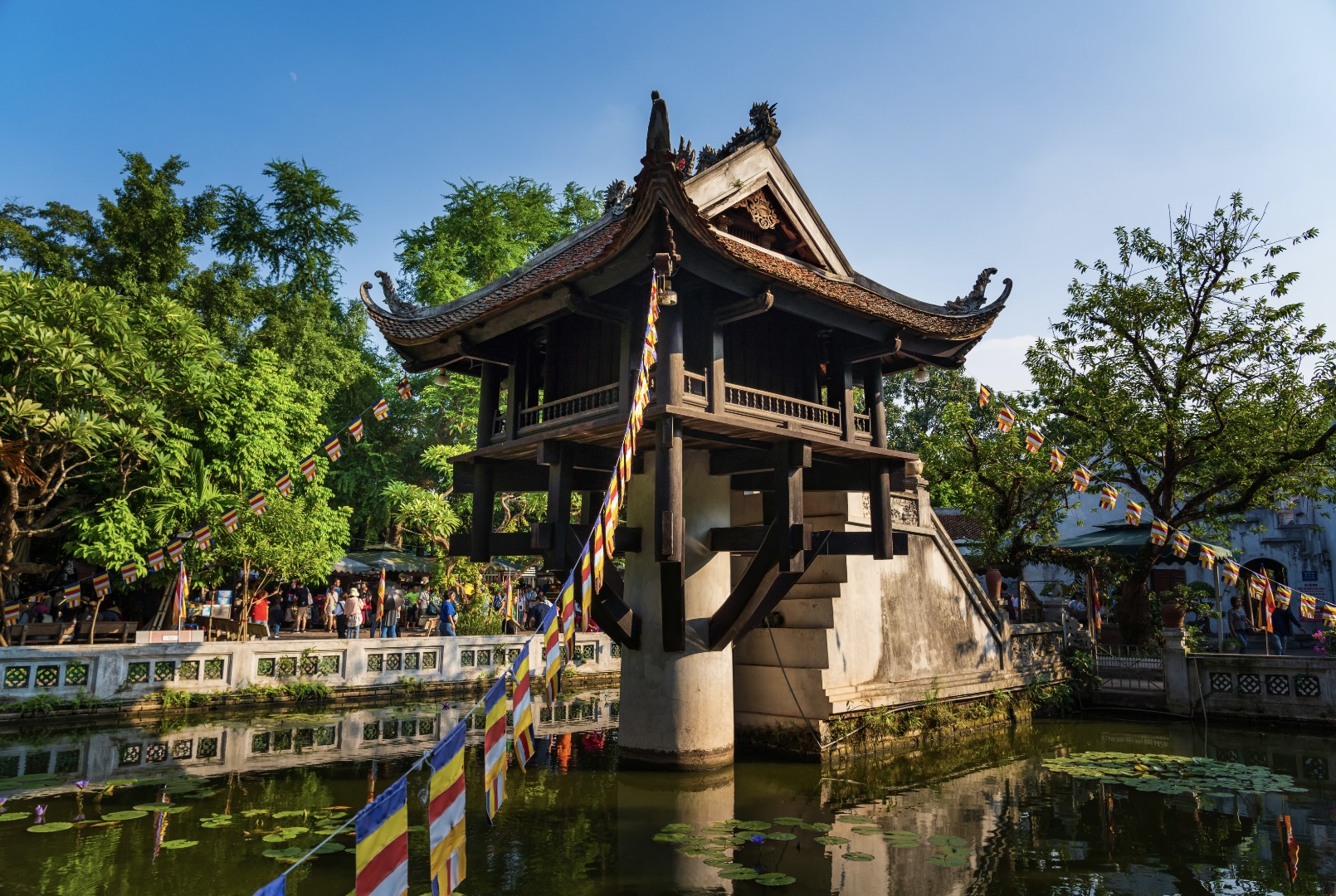
Presidential Palace
The Presidential Palace was constructed between 1900 and 1906 by the French colonial government. Designed in a European style, it served as the official residence of the Governor-General of French Indochina until 1954. From 1954 to 1969, it became home to President Ho Chi Minh. Today, the palace is a national special relic site and is recognized as one of the largest museums dedicated to showcasing President Ho’s life and legacy.

In addition to the main palace building, there are also several other noteworthy attractions. One of the highlights is the Wooden Stilt House, which was specially built in the style of the stilt houses found in northern provinces like Thai Nguyen, following President Ho Chi Minh’s visit there. This humble residence offers visitors a glimpse into the simple lifestyle of Vietnam’s beloved leader, contrasting with the grandeur of the surrounding palace grounds.
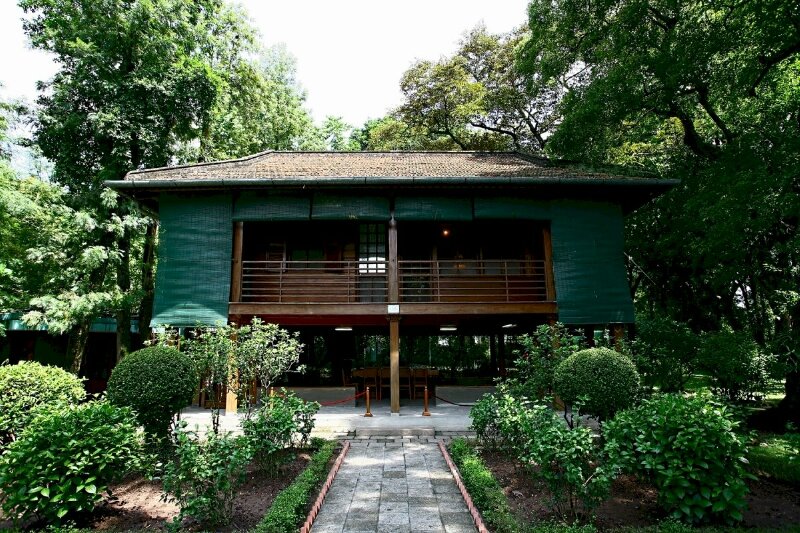
2. Temple of Literature
The Temple of Literature is Vietnam’s oldest university, founded in 1070. This historic site features beautiful architecture, intricate stone carvings, and serene courtyards that bring visitors back in time. As one of the top attractions in Hanoi, it offers a captivating experience. Upon entering through the main gate, you’ll encounter three pathways; the central path, designated for the monarch, is marked by a large bronze bell atop the gate. The temple comprises five courtyards, with Literature Lake located in front. Dedicated honor to Confucius and celebrates academic achievement, making it a must-visit site for those interested in Vietnam’s intellectual history and traditional architecture.
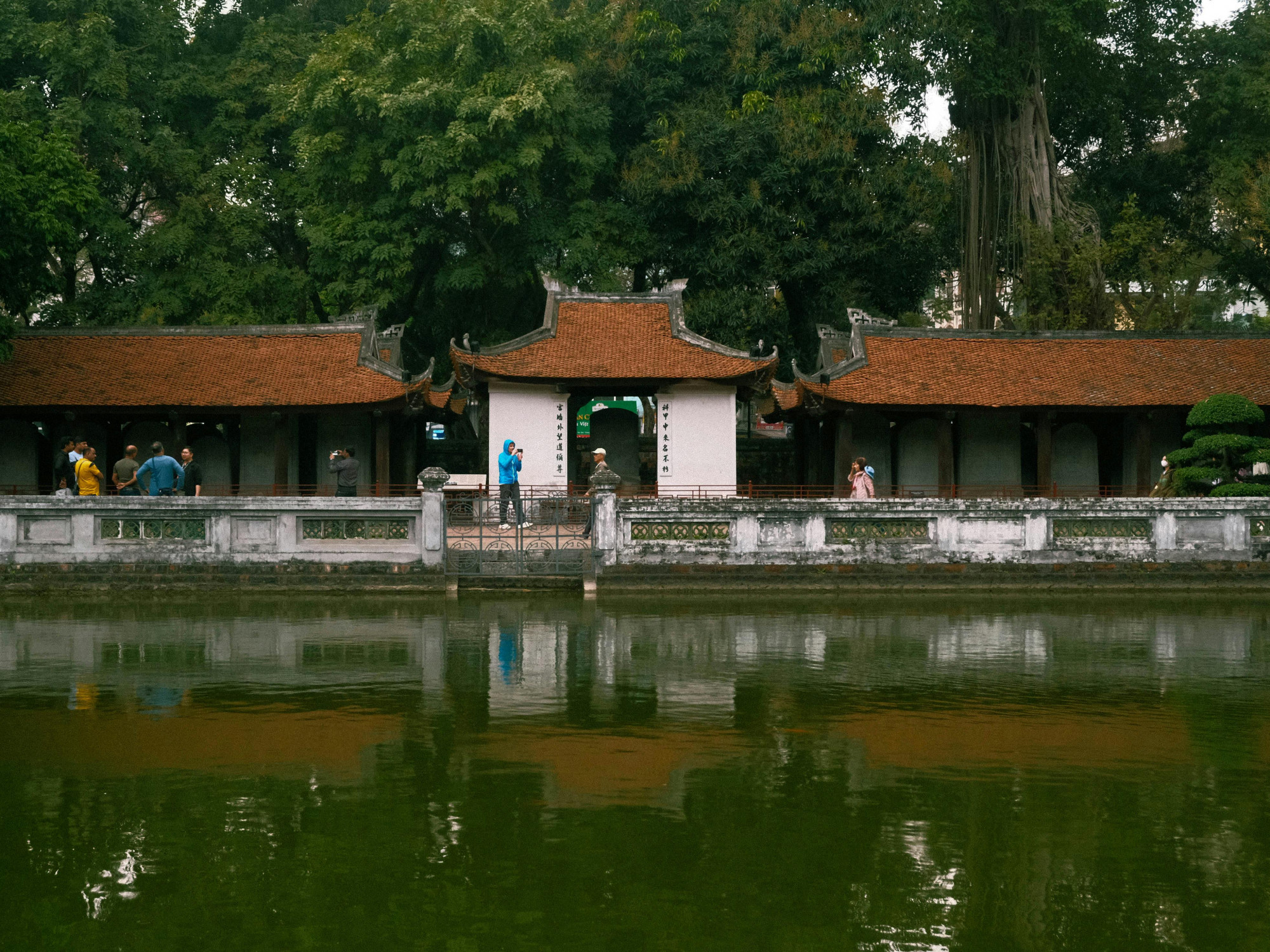
3. Hanoi Old Quarter
No visit to Hanoi is complete without exploring the Hanoi Old Quarter, a bustling hub of activity. Known for its 36 ancient streets, each specializing in unique crafts and goods and named after the goods once sold there. Here, you can stroll through narrow alleys lined with charming old houses, bustling markets, and artisan workshops. From silver crafts on Hang Bac Street to traditional medicines on Lan Ong Street, each turn reveals a new facet of Hanoi’s rich heritage.
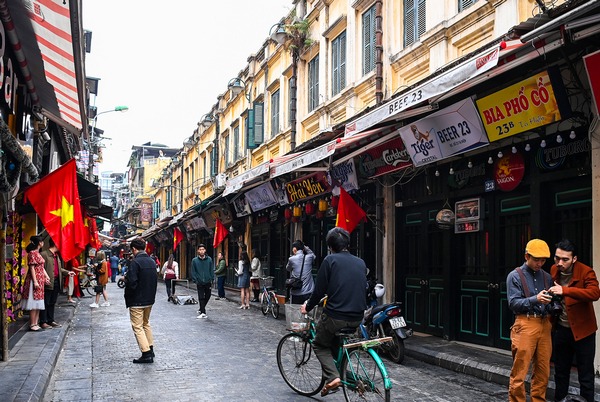
4. St. Joseph’s Cathedral
Also built in the late 19th century during French colonial rule, St. Joseph’s Cathedral stands as a beautiful example of Neo-Gothic architecture. Modeled after the Notre-Dame Cathedral in Paris, this impressive structure is one of the oldest churches in Hanoi and a symbol of the city’s enduring cultural fusion. The cathedral is adorned with intricate carvings, pointed arches, and large multi-colored stained glass windows that cast a kaleidoscope of light inside, creating a serene and calming atmosphere. Located in the heart of the Old Quarter, St. Joseph’s Cathedral overlooks a charming square filled with cafés and tree-lined streets, creating a picturesque setting. The church’s towering twin bell towers, weathered with age, provide a striking contrast to the lively surroundings.

5. Thang Long Water Puppet Theater
Water puppetry is a traditional Vietnamese art form that has been around for centuries, deeply rooted in the country’s rich cultural heritage. Its performance takes place on a water stage, symbolizing the importance of rivers and rice paddies in Vietnamese life. The art form carries significant traditional values and showcases the incredible skills of the puppeteers, who remain hidden as they maneuver the puppets to vividly depict stories from Vietnamese folklore, history, and rural life.
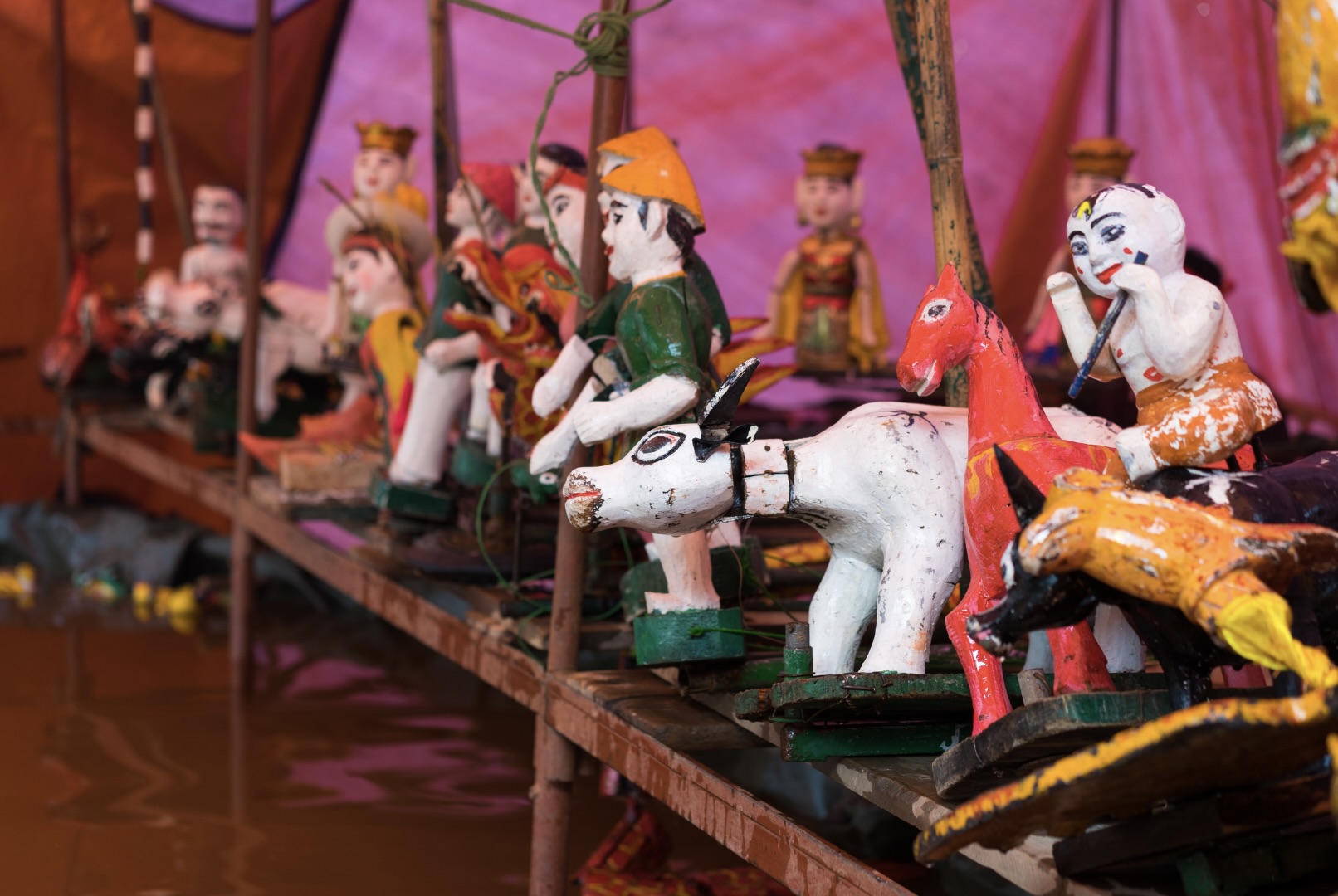
The Thang Long Water Puppet Theater in Hanoi is the perfect place to immerse yourself in this ancient art. Here, you can explore not only the art of water puppetry but also other elements of Vietnamese culture, including traditional instruments, captivating stage decorations, and folk music that complements the performance. A visit to this theater offers a delightful window into the daily lives, customs, and artistic traditions of Vietnam.
